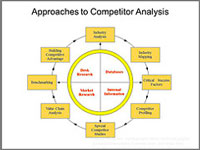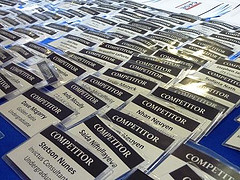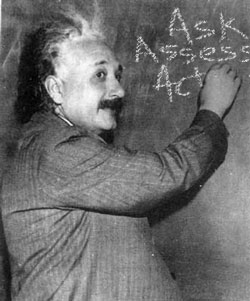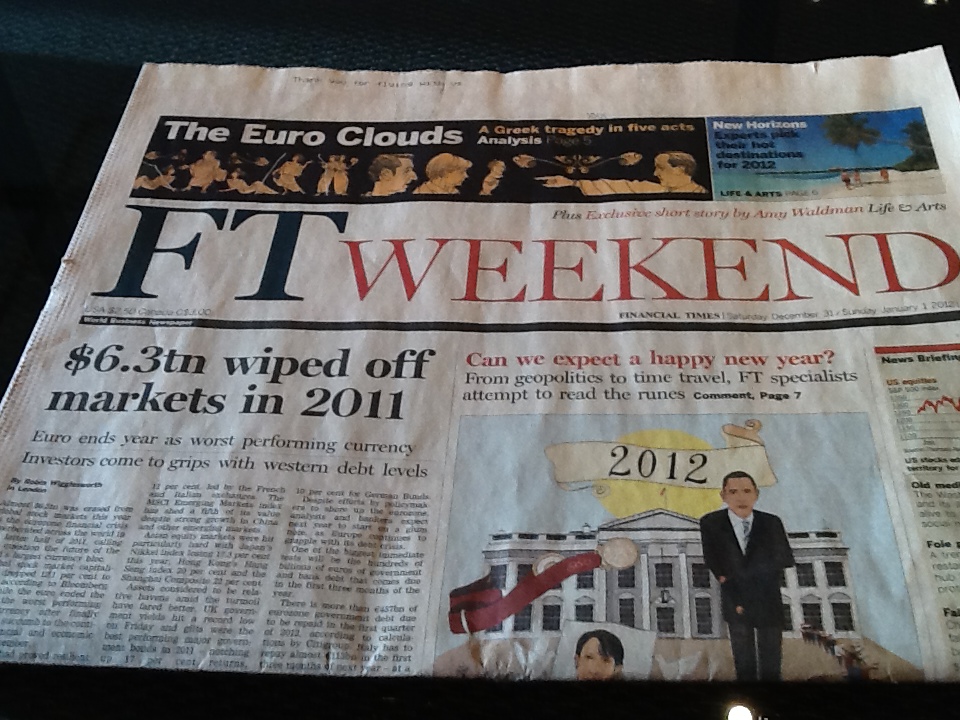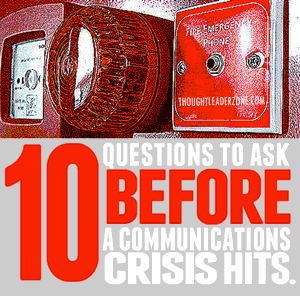 Do you have a pre-defined communications plan in place for a management or organizational crisis? Goldman Sachs’ handling of a recent crisis stirred up by disgruntled senior manager Greg Smith can be considered a PR ‘worst-practice’ crisis communications case. The company’s reactions and responses to a scathing editorial the departing employee wrote for the New York Times were underwhelming; their communications response was not just ineffective; it actually added fuel to the fire and made the situation worse.
Do you have a pre-defined communications plan in place for a management or organizational crisis? Goldman Sachs’ handling of a recent crisis stirred up by disgruntled senior manager Greg Smith can be considered a PR ‘worst-practice’ crisis communications case. The company’s reactions and responses to a scathing editorial the departing employee wrote for the New York Times were underwhelming; their communications response was not just ineffective; it actually added fuel to the fire and made the situation worse.
Hopefully, you won’t ever have to deal with such a public debacle. But you still need to be prepared because $&?!#% always happens. Always.
When a crisis comes, are you and your team prepared to deal not only with the situation itself, but also with the related internal and external communications issues that arise?
By answering these ten questions, you will have the beginnings of a robust crisis communications plan that will ensure you’re prepared to face a communications crisis quickly, effectively and professionally:
10 questions to ask before a communications crisis hits your organization:
- What’s the overview of the process and does everyone on the management team know it, not only the communications team?
- Do your managers all have a one-page quick guide to do’s and don’ts for crisis communications?
- Do your managers have a generic flow chart outlining who does what when?
- Do your managers have some generic wording for informing clients about a crisis that can be tailored to the specific situation?
- Do your managers have a list of ‘taboo phrases’ to avoid in a crisis?
- 6. Do your managers have a list of generic statements to give internal audiences when crisis details aren’t yet known?
- Do your managers have a list of generic statements to adapt for internal audiences in the hours, days and weeks following a crisis?
- Do your managers have a list of holding statements for journalists that can be adapted to the specific crisis?
- Do your managers have a list of polite ‘no response’ phrases to answer journalists who ask sensitive or confidential questions?
- Do your managers have a template and process for collecting questions being asked by employees, clients, investors or journalists?
And one final (but important) question: Do the right people in your organization have the right answers to these questions? Ask, assess, then act.


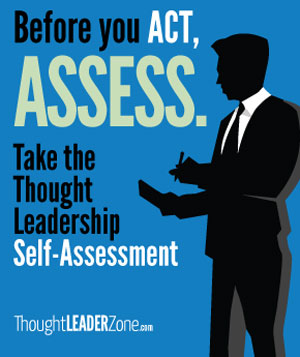

 To continue the theme over the last few blog entries, here are some additional thoughts about the field of competitive intelligence and thought leadership.
To continue the theme over the last few blog entries, here are some additional thoughts about the field of competitive intelligence and thought leadership.